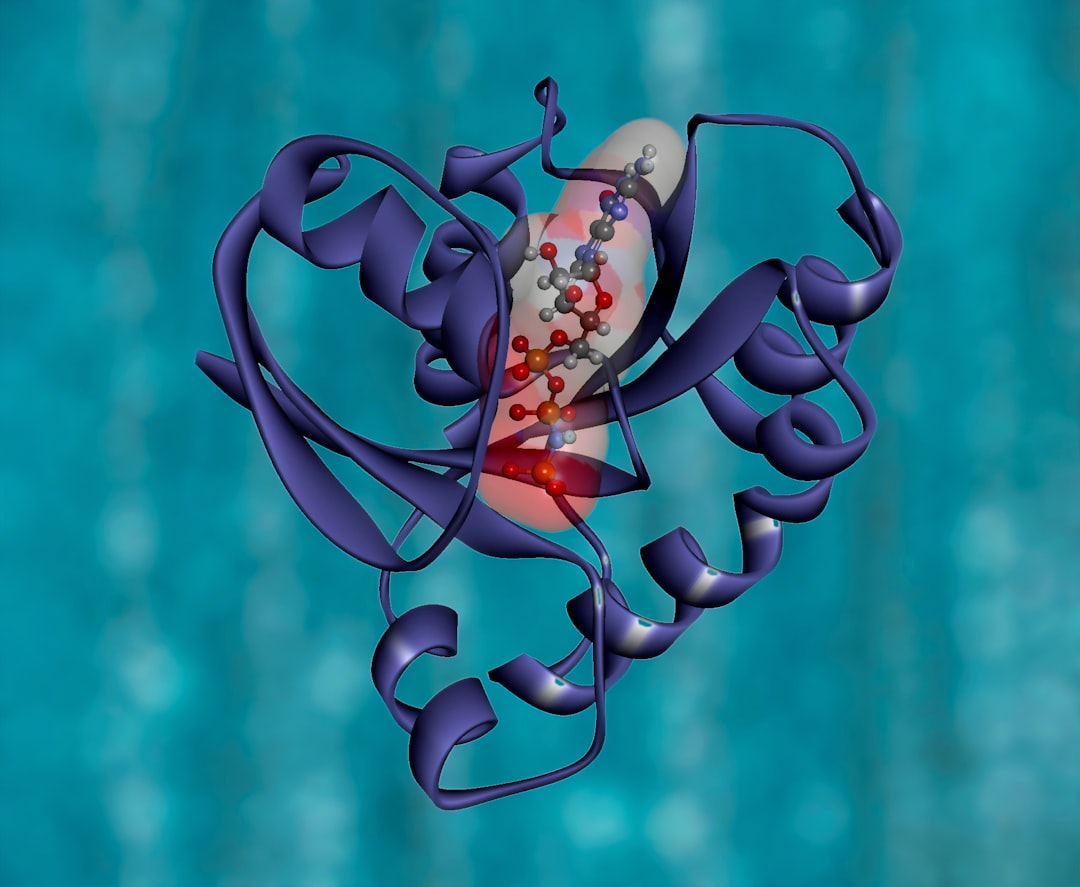What is it about?
In order to digitize the sense of smell, electronic sensors that parallel the biological olfactory process are needed. We developed such an e-nose based on graphene as a sensing material. The signals resulting from the interaction of odor molecules with the sensor are analyzed using machine learning techniques. We demonstrate the effectiveness of this approach using a new kind of performance assessment.
Featured Image

Photo by Mathew Schwartz on Unsplash
Why is it important?
Digital olfaction has a lot of potential applications, from medicine to smart homes. Current e-noses are often limited in terms of power consumption, size or selectivity. With our work we aim to overcome those limitations and seek to realize miniaturized sensors which are able to characterize complex gas combinations.
Read the Original
This page is a summary of: Machine learning-enabled graphene-based electronic olfaction sensors and their olfactory performance assessment, Applied Physics Reviews, May 2023, American Institute of Physics,
DOI: 10.1063/5.0132177.
You can read the full text:
Contributors
The following have contributed to this page










